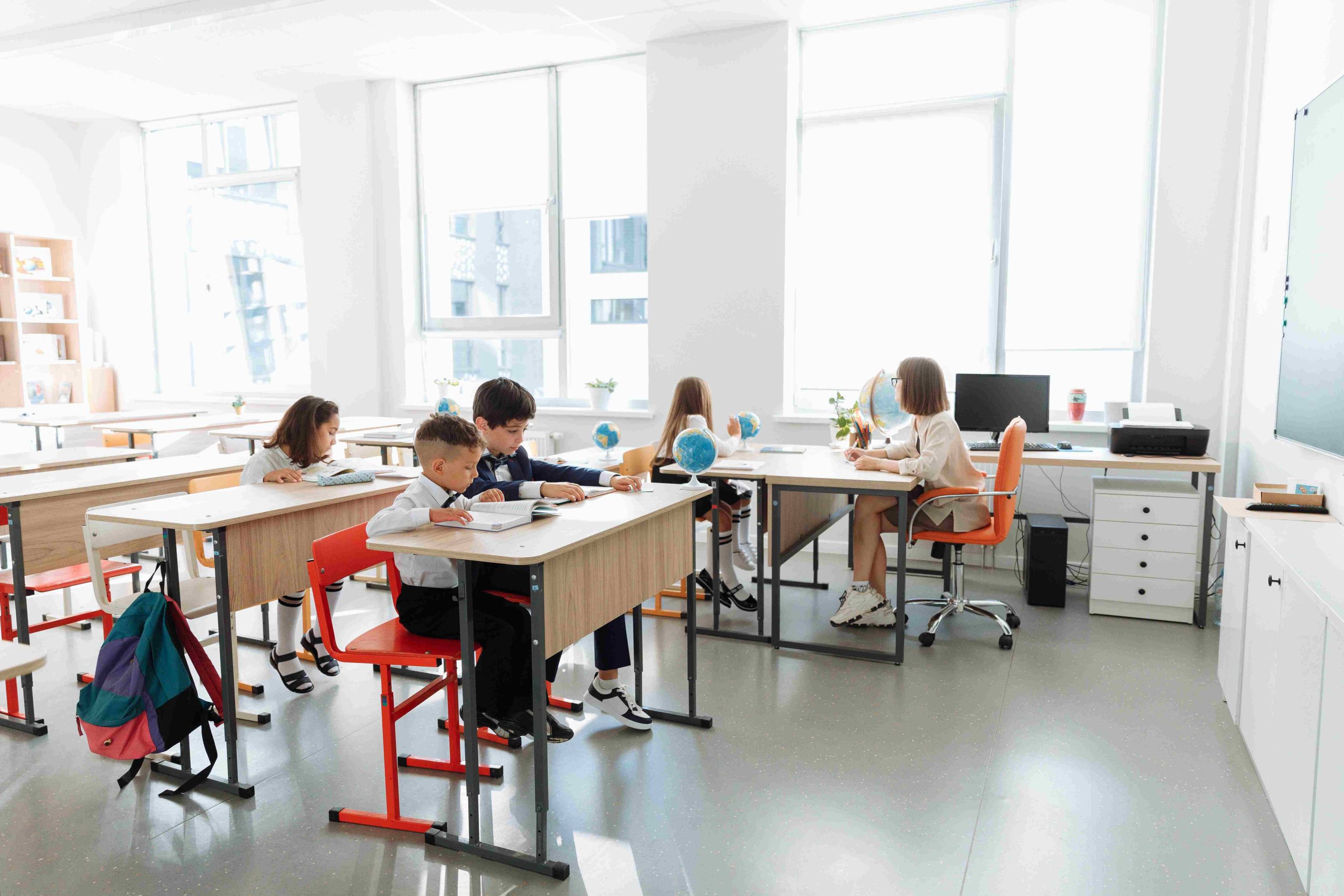
Establishing a Structured Learning Environment for Preschoolers
We all aspire to foster academic success and nurture confident, self-assured learners among our preschoolers, whether as parents or educators. One effective approach to contributing to this goal is by creating a structured educational environment that promotes their growth and development. This article delves into the benefits of such an environment and offers practical advice for implementing it, both at home and in the classroom.
Understanding a Structured Educational Environment
A structured educational environment is specifically designed to facilitate the intellectual, social, and emotional development of preschoolers. By establishing clear standards for behavior and learning, along with a consistent schedule, preschoolers feel safer and more at ease. Moreover, such an environment not only fosters inquiry, discovery, and creativity but also cultivates critical cognitive and social skills.
Advantages of a Structured Educational Environment
Providing preschoolers with a structured educational environment yields numerous benefits, including:
- Enhanced Security: A structured environment instills a sense of safety and comfort, enabling preschoolers to focus on learning and exploration without excessive worry or tension.
- Fostered Love of Learning: Through opportunities for exploration, discovery, and creativity, structured environments cultivate a genuine enthusiasm for learning, motivating preschoolers to become eager and adept learners.
- Support for Social and Emotional Development: Structured environments facilitate the acquisition of crucial social and emotional skills like sharing, cooperation, and emotion regulation, essential for success in both school and life.
- Development of Key Cognitive Abilities: Preschoolers develop critical cognitive skills such as creativity, critical thinking, and problem-solving within a structured educational framework, laying the foundation for success in various domains.
Tips for Establishing a Structured Educational Environment
Here are some practical tips for creating a structured educational environment tailored to preschoolers:
- Establish a Consistent Daily Schedule: Design a daily routine that includes dedicated time for study, play, and rest, providing preschoolers with predictability and comfort.
- Clarify Expectations: Clearly communicate behavioral and academic expectations using positive language, reinforcing them regularly.
- Encourage Exploration: Foster an environment that encourages creative exploration and expression through various activities like reading, puzzles, and sensory play.
- Utilize Visual Aids: Enhance understanding and adherence to routines and expectations through the use of visual aids such as charts and images.
- Cultivate a Positive Learning Atmosphere: Promote positivity through language, praise, and setting a good example of appropriate behavior, creating an environment conducive to learning.
- Minimize Distractions: Reduce environmental distractions like noise and clutter to facilitate preschoolers’ concentration and engagement in learning activities.
- Structure Transitions: Smooth transitions between activities with visual cues and clear directions, ensuring preschoolers remain engaged and focused.
- Encourage Active Participation: Foster active learning through hands-on exploration, experimentation, and inquiry-based approaches.
The Role of Play in a Structured Educational Environment
Play is a cornerstone of structured educational environments for preschoolers, offering avenues for exploration, socialization, and skill development. Different types of play activities, such as dramatic play, constructive play, games with rules, outdoor play, and sensory play, enrich the learning experience and contribute to holistic development.
The Function of Technology in a Structured Educational Environment
Technology can be a valuable tool in structured educational environments when used judiciously. It offers interactive learning opportunities that complement traditional methods, provided it is age-appropriate and used in moderation. To maximize its benefits, select developmentally appropriate apps and programs, limit screen time, and integrate technology to enhance rather than replace other learning activities.
Creating a Structured Educational Environment at Home
Parents play a crucial role in establishing a structured learning environment at home, supporting preschoolers’ academic and overall development. Key strategies include:
- Establishing a Daily Routine: Create a predictable schedule encompassing study, play, and rest.
- Designating a Learning Space: Dedicate a specific area within the home for learning activities, minimizing distractions and providing access to educational materials.
- Encouraging Active Engagement: Incorporate play-based learning activities into daily routines to stimulate preschoolers’ curiosity and participation.
- Using Technology Sparingly: While technology can enhance learning, limit its use and prioritize interactive, hands-on activities.
- Reading Together: Foster literacy development by reading with preschoolers daily, making it an enjoyable shared experience.
- Facilitating Social Interaction: Promote social and emotional development by facilitating opportunities for preschoolers to engage with peers through playdates and group activities.
By implementing these strategies, parents can create a nurturing and supportive learning environment that fosters preschoolers’ cognitive, social, and emotional growth.
Conclusion
In conclusion, establishing a structured learning environment is essential for promoting the academic and holistic development of preschoolers. By adhering to consistent routines, fostering play-based learning, leveraging technology appropriately, and actively involving parents, educators can create environments that nurture a lifelong love of learning and equip preschoolers with essential skills for success.
Remember, a structured educational environment is not confined to the home; preschools and other educational settings also play a vital role in providing supportive and enriching learning experiences. Through collaborative efforts between parents, educators, and caregivers, we can ensure that preschoolers receive the guidance and support they need to thrive and reach their full potential.


